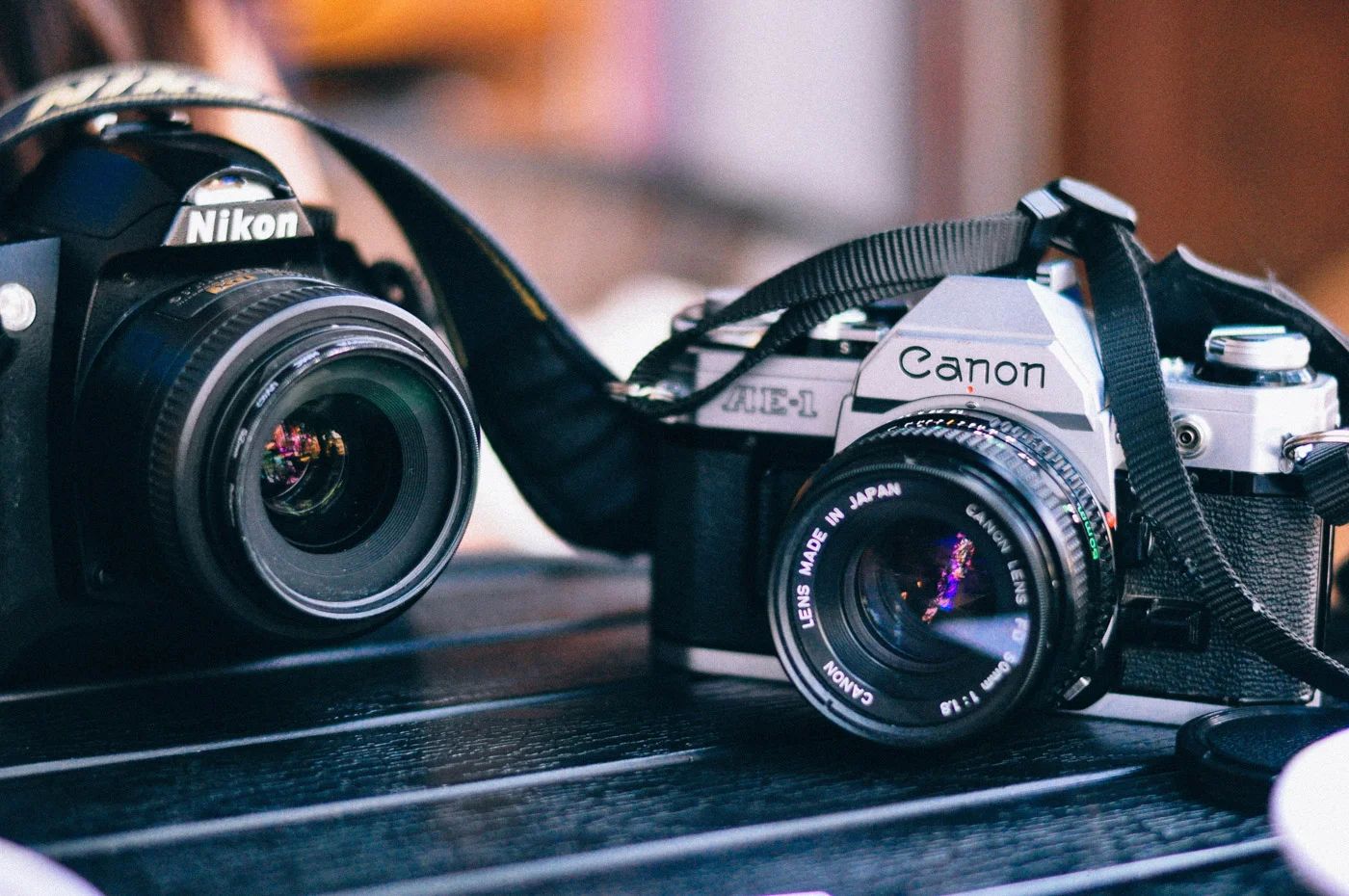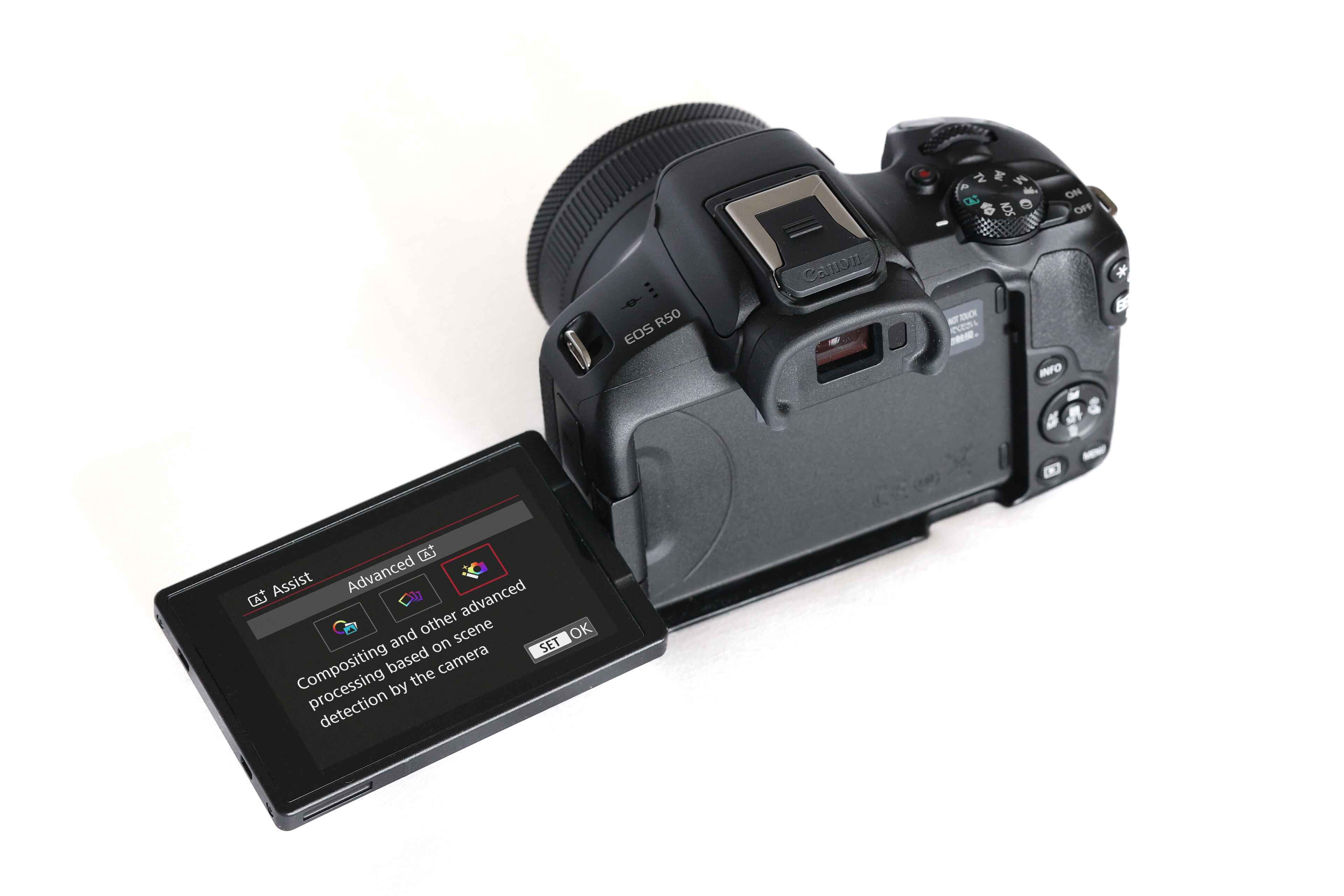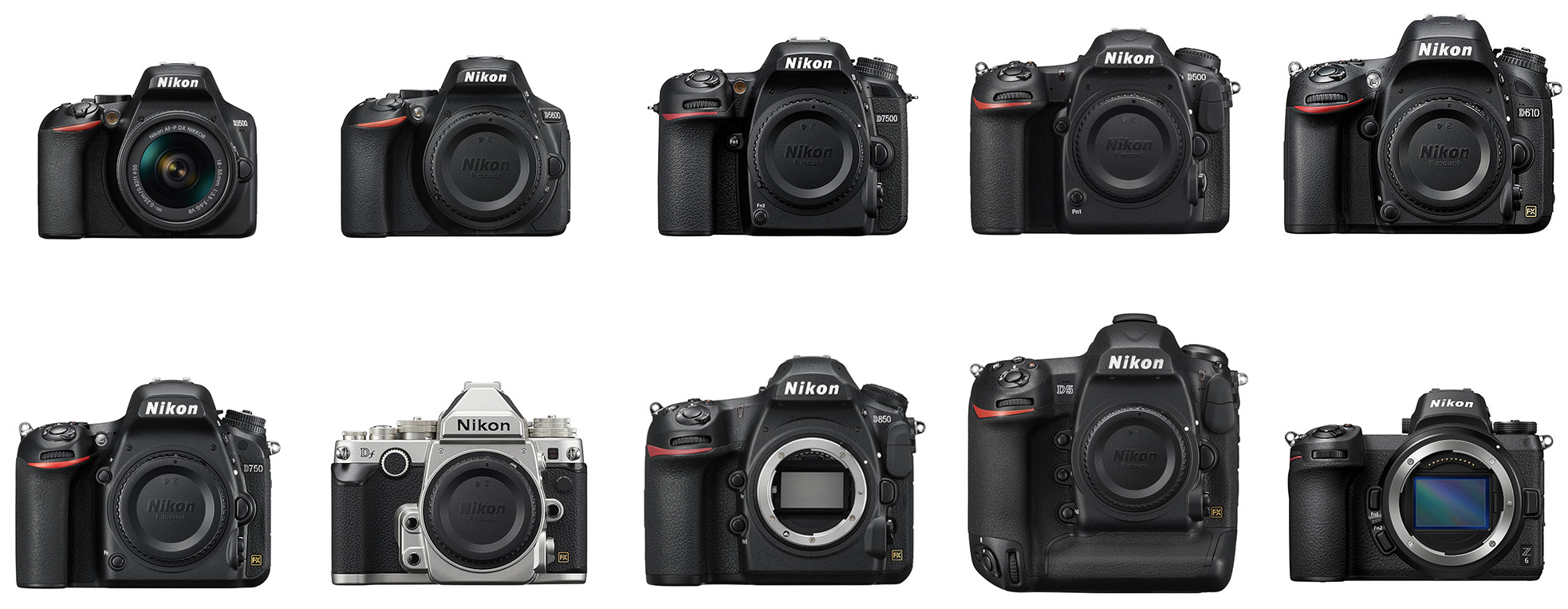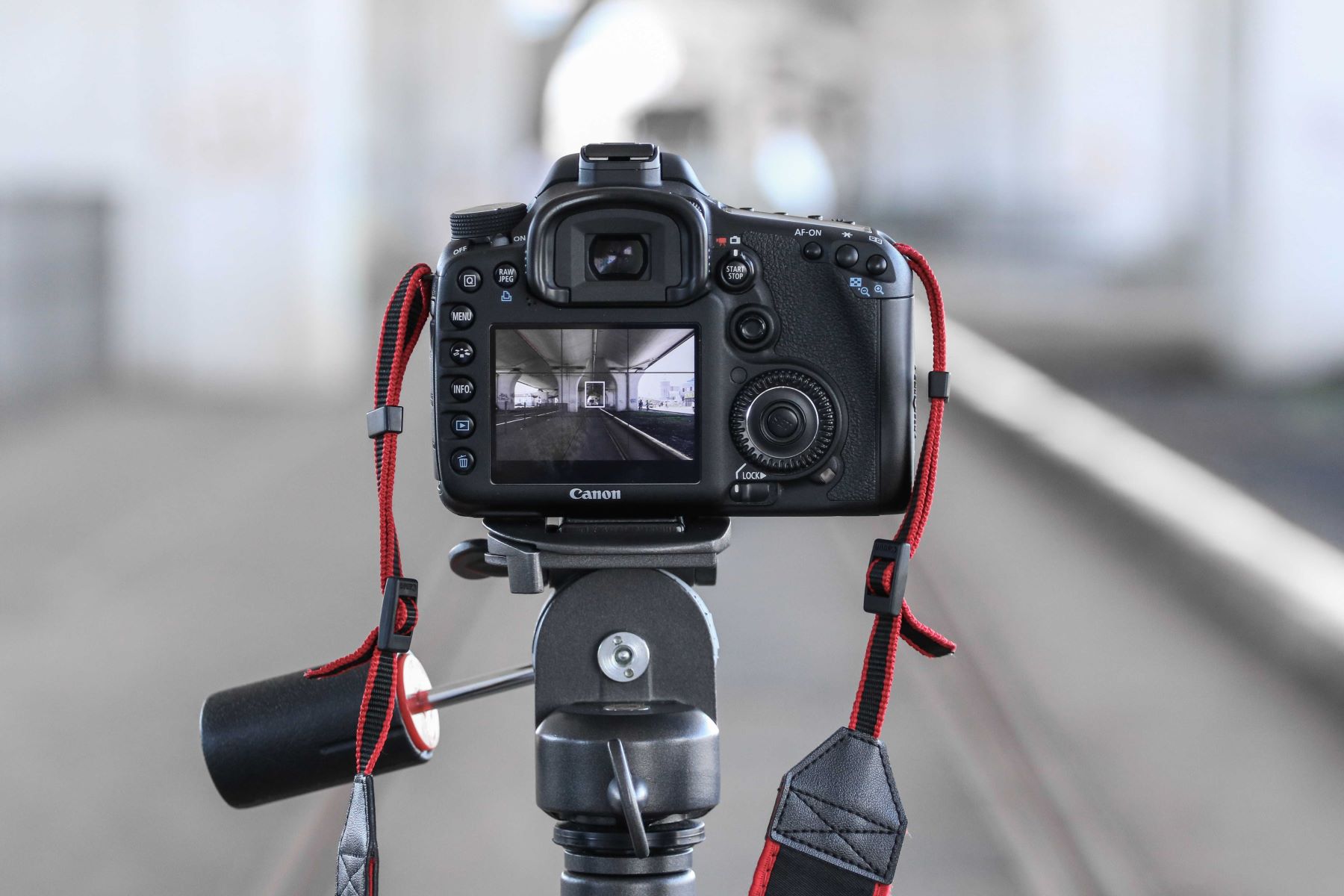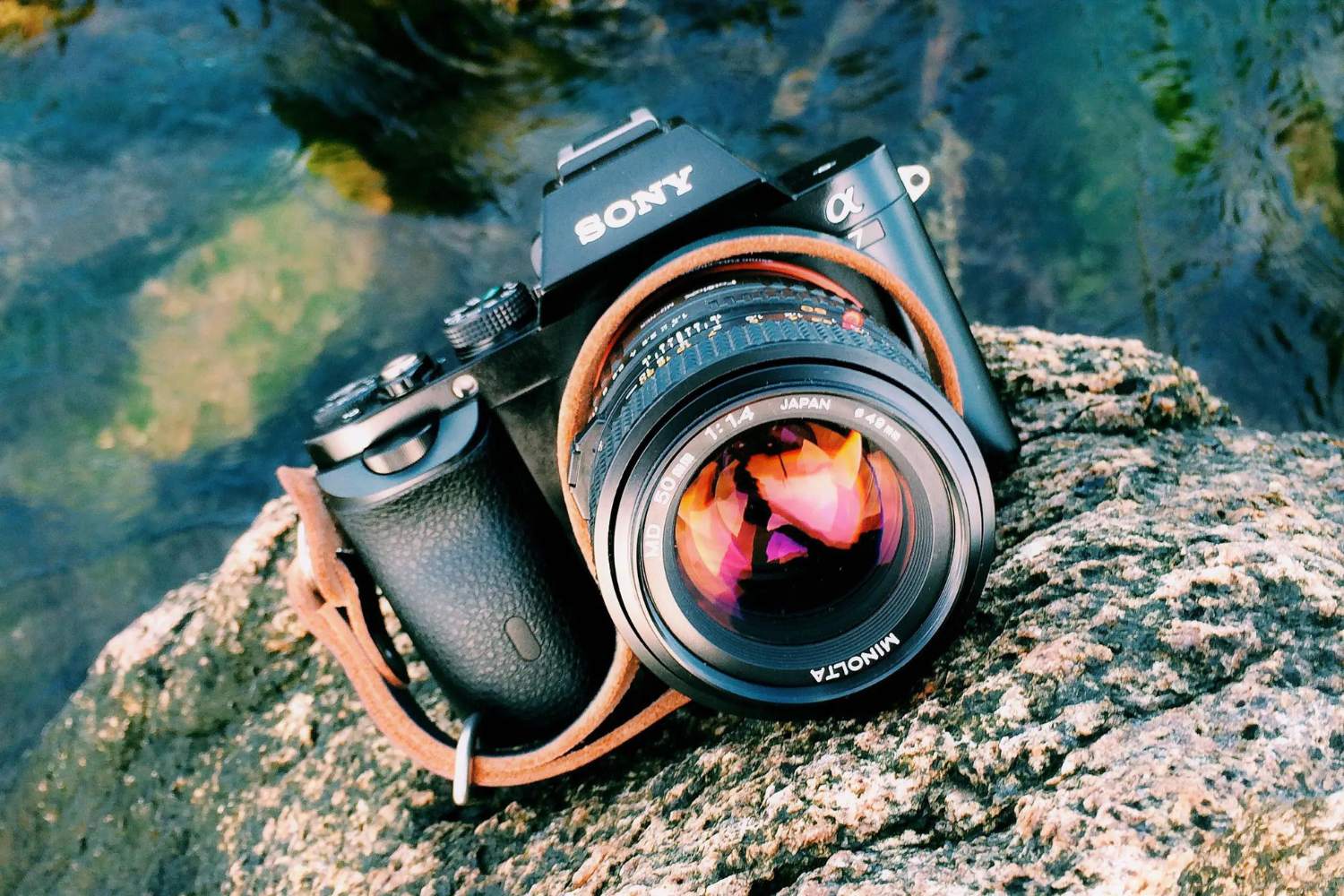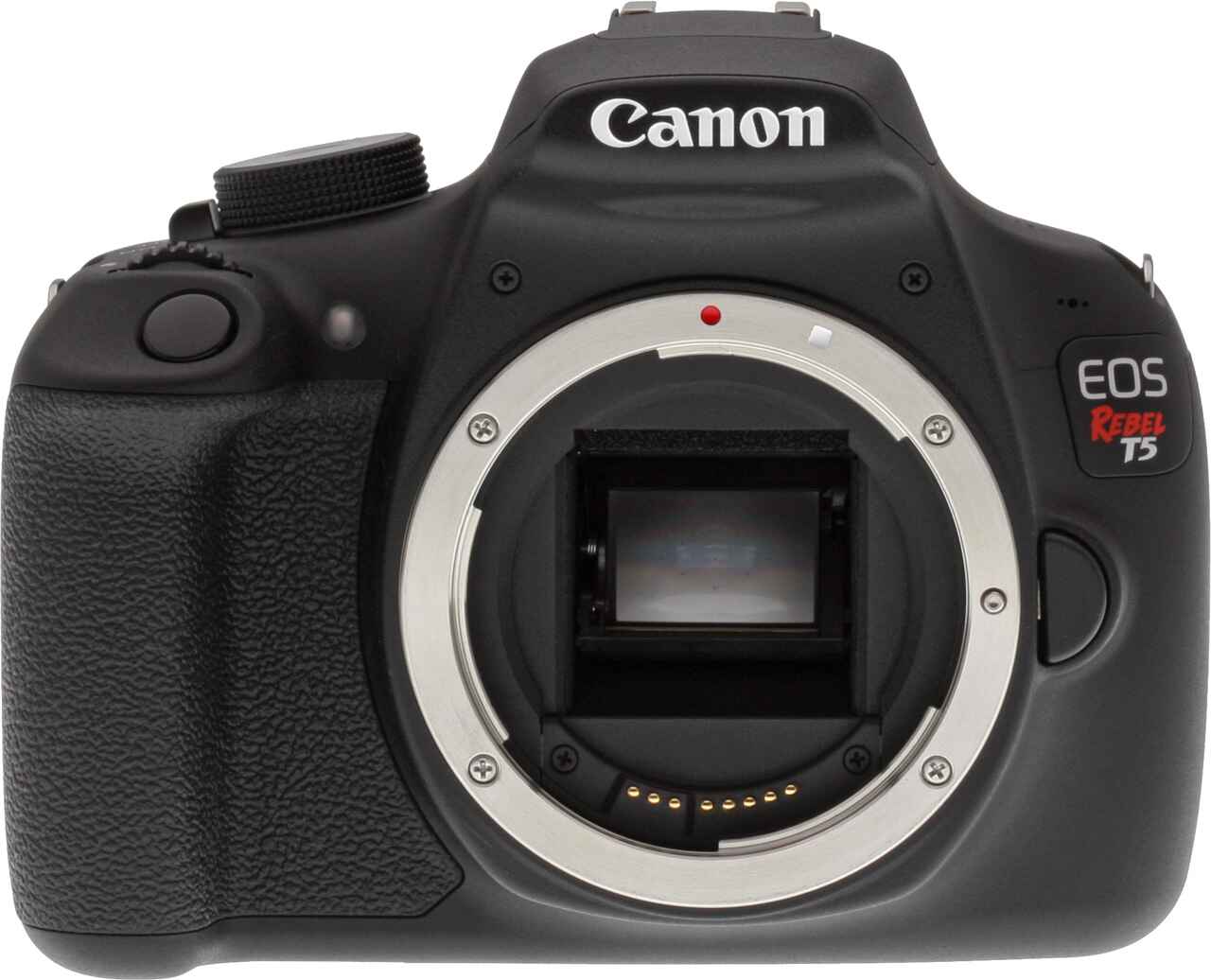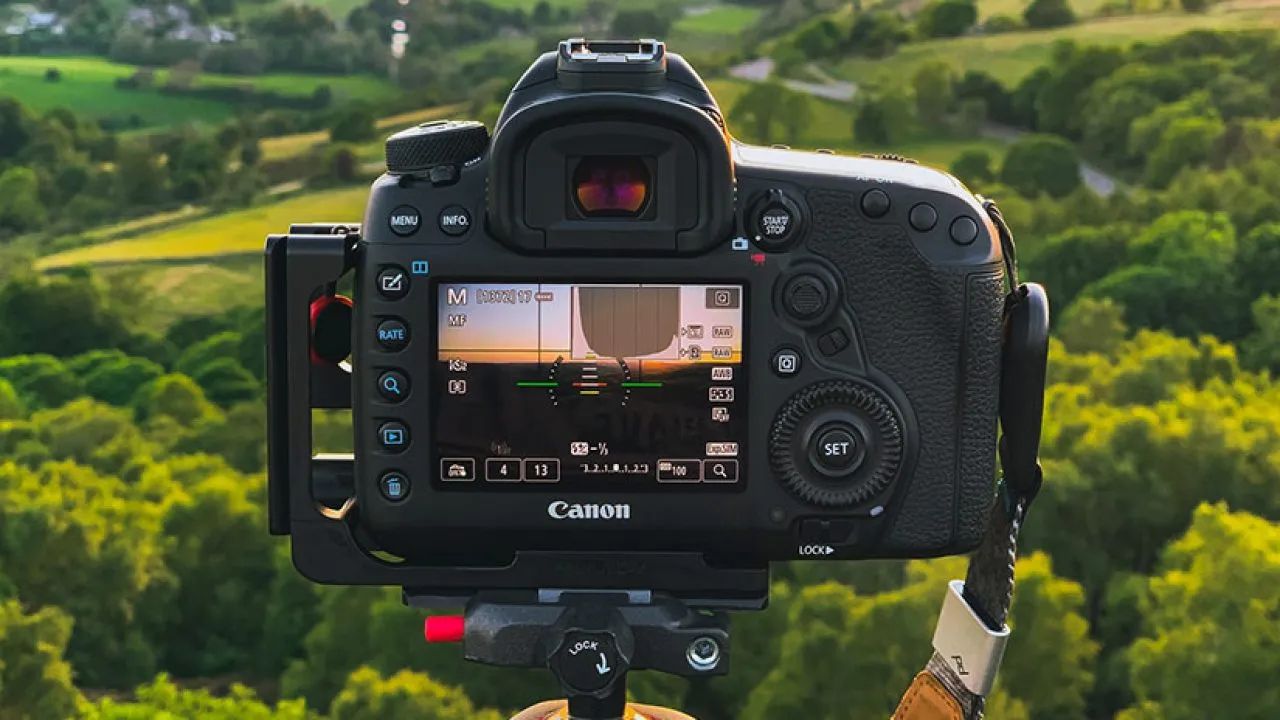Introduction
Welcome to the fascinating world of digital single-lens reflex (DSLR) photography! If you’ve recently embarked on this journey, you may have encountered the enigmatic “F” on your DSLR camera and wondered about its significance. Fear not, for this article aims to demystify the role of the “F” and shed light on its importance in capturing stunning images.
Understanding the various features and settings of a DSLR camera is essential for any aspiring photographer. Among these features, the “F” represents a crucial aspect of photography that directly influences the outcome of your images. Whether you’re a novice enthusiast or a seasoned professional, comprehending the significance of the “F” on a DSLR camera is fundamental to honing your craft and elevating your photography skills.
So, let’s delve into the depths of the “F” and unravel its mysteries. By the end of this article, you’ll have a clear understanding of the “F” on your DSLR camera and its pivotal role in capturing breathtaking photographs.
Understanding the F on a DSLR Camera
At its core, the “F” on a DSLR camera refers to the aperture setting, which regulates the amount of light entering the camera’s lens. The aperture, denoted by the “F-stop” or “F-number,” is a critical component of photography that profoundly impacts the depth of field and exposure of an image.
When you adjust the “F-stop” on your DSLR camera, you are essentially altering the size of the aperture. This adjustment directly affects the amount of light that reaches the camera’s sensor. Understanding the relationship between the “F” and the aperture size is pivotal in mastering the art of photography.
The “F” is often accompanied by a numerical value, such as F/2.8 or F/16. These values represent the size of the aperture, with smaller numbers indicating larger apertures and larger numbers denoting smaller apertures. For instance, an aperture set at F/2.8 allows more light to enter the lens, resulting in a shallow depth of field, while an aperture of F/16 permits less light and yields a greater depth of field.
Furthermore, the “F” plays a crucial role in controlling the sharpness and clarity of an image. By manipulating the aperture size through the “F-stop,” photographers can achieve varying degrees of focus, from a crisp subject against a blurred background to an entire scene in sharp detail.
Understanding the “F” on a DSLR camera entails grasping the intricate interplay between aperture size, light exposure, and depth of field. This knowledge empowers photographers to harness the full creative potential of their equipment and capture visually compelling images with precision and artistry.
Importance of F-Stop in Photography
The F-stop, or aperture setting, holds immense significance in the realm of photography, influencing the visual impact and storytelling potential of every image captured. By mastering the manipulation of the F-stop on a DSLR camera, photographers can exercise creative control over the depth of field, exposure, and overall aesthetic of their photographs.
One of the primary advantages of understanding the F-stop lies in its capacity to shape the depth of field in an image. A wide aperture (denoted by a lower F-stop value) creates a shallow depth of field, allowing photographers to isolate a subject against a beautifully blurred background. This technique is particularly effective in portrait photography, as it draws attention to the subject while producing an ethereal, dreamy effect.
Conversely, a narrow aperture (indicated by a higher F-stop value) results in a greater depth of field, rendering the entire scene sharply in focus. This is advantageous in landscape photography, where intricate details throughout the frame are desired to be equally crisp and well-defined.
Moreover, the F-stop significantly impacts the exposure of an image, dictating the amount of light that reaches the camera’s sensor. This control over exposure is invaluable in various lighting conditions, allowing photographers to adapt to bright, sunlit landscapes as well as dimly lit indoor settings with finesse and precision.
By comprehending the importance of the F-stop in photography, individuals can elevate their creative expression and visual storytelling. Whether seeking to capture intimate, emotive portraits or expansive, breathtaking landscapes, the mastery of F-stop manipulation empowers photographers to infuse their images with depth, emotion, and narrative resonance.
How to Adjust F-Stop on a DSLR Camera
Adjusting the F-stop on a DSLR camera is a fundamental skill that allows photographers to exert precise control over the aperture, thereby influencing the depth of field and exposure of their photographs. To begin, locate the F-stop control on your camera, typically represented by a dial or button. Once identified, follow these steps to adjust the F-stop and unleash your creativity:
- Access the Aperture Priority Mode: Many DSLR cameras feature an aperture priority mode, denoted by “A” or “Av” on the mode dial. This mode enables photographers to set the desired F-stop while the camera automatically adjusts the shutter speed for optimal exposure.
- Rotate the Command Dial: If your camera is in aperture priority mode, rotating the command dial allows you to select the preferred F-stop value. As you adjust the F-stop, observe the changes in the aperture size displayed on the camera’s screen or viewfinder.
- Preview the Depth of Field: As you modify the F-stop, take advantage of your camera’s depth of field preview button, if available. This feature provides a real-time preview of how the selected F-stop will affect the depth of field in your composition, allowing you to make informed decisions about the visual impact of your image.
- Experiment and Refine: Embrace experimentation as you explore the diverse creative possibilities offered by different F-stop settings. Capture multiple shots at varying F-stop values to familiarize yourself with the nuanced effects on depth of field and exposure, refining your technique and honing your artistic vision.
By mastering the art of adjusting the F-stop on a DSLR camera, photographers can unleash their creative potential and craft captivating images with precision and artistry. Whether seeking to capture intimate, emotive portraits with a creamy bokeh background or expansive landscapes with intricate details in sharp focus, the ability to manipulate the F-stop empowers photographers to bring their unique artistic vision to life.
Conclusion
As you navigate the realm of DSLR photography, the enigmatic “F” on your camera’s settings takes on a newfound significance. Understanding the F-stop and its pivotal role in shaping the depth of field, exposure, and visual impact of your images is a transformative journey for any photographer.
By unraveling the mysteries of the F-stop, you gain the power to infuse your photographs with emotion, narrative resonance, and visual poetry. Whether you aspire to capture intimate portraits with ethereal bokeh or expansive landscapes with breathtaking clarity, the mastery of the F-stop on your DSLR camera is an indispensable tool in your creative arsenal.
As you venture forth, honing your ability to adjust the F-stop with precision and intuition, embrace the art of experimentation. Explore the myriad expressions of depth of field and exposure, allowing your unique vision to unfold through each carefully crafted image.
Ultimately, the F-stop transcends its technical designation, becoming a conduit for your artistic expression. It empowers you to orchestrate the interplay of light and shadow, focus and blur, in a symphony of visual storytelling.
So, as you embark on your photographic odyssey, may the “F” on your DSLR camera serve as a reminder of the boundless creative potential within your grasp. Embrace its nuances, wield its power, and let your images speak volumes through the mastery of the F-stop.







